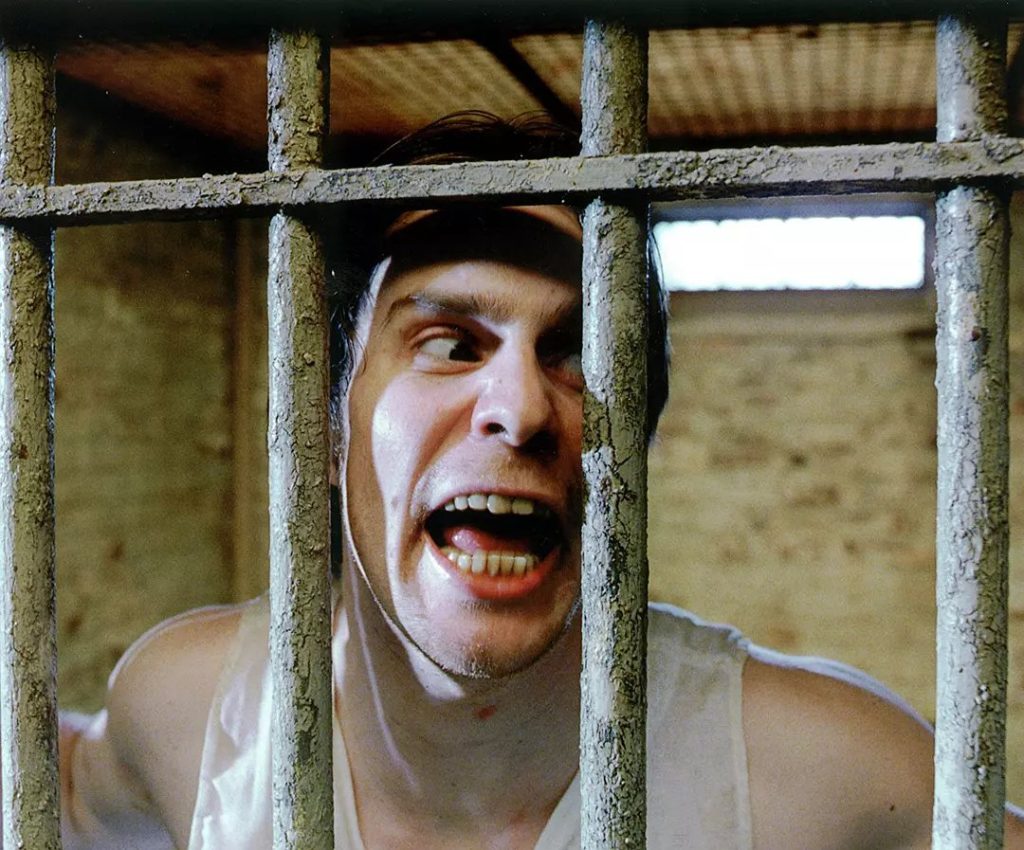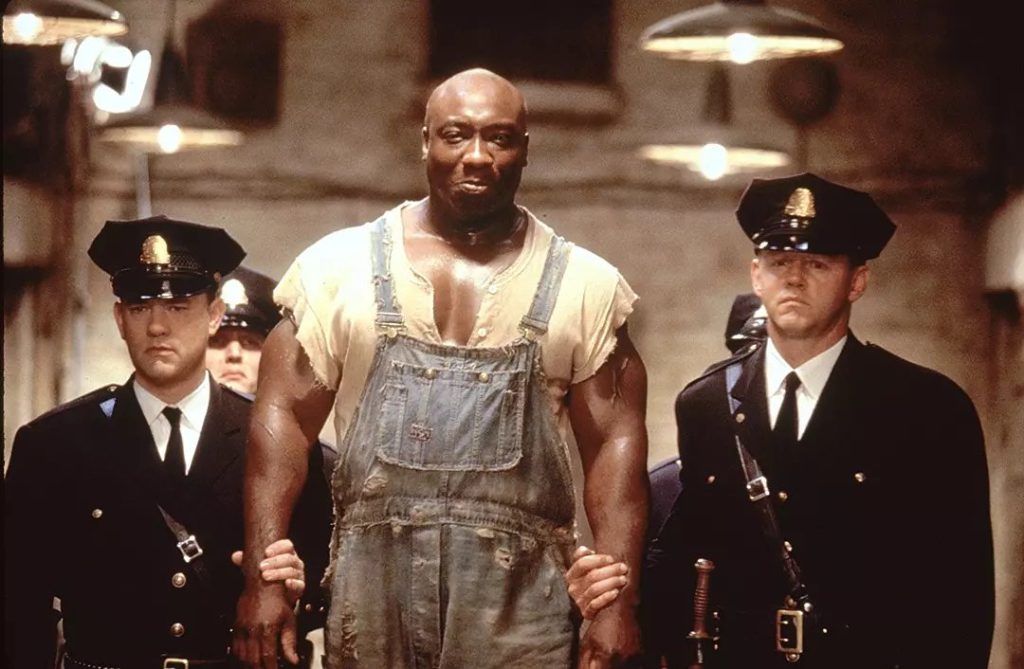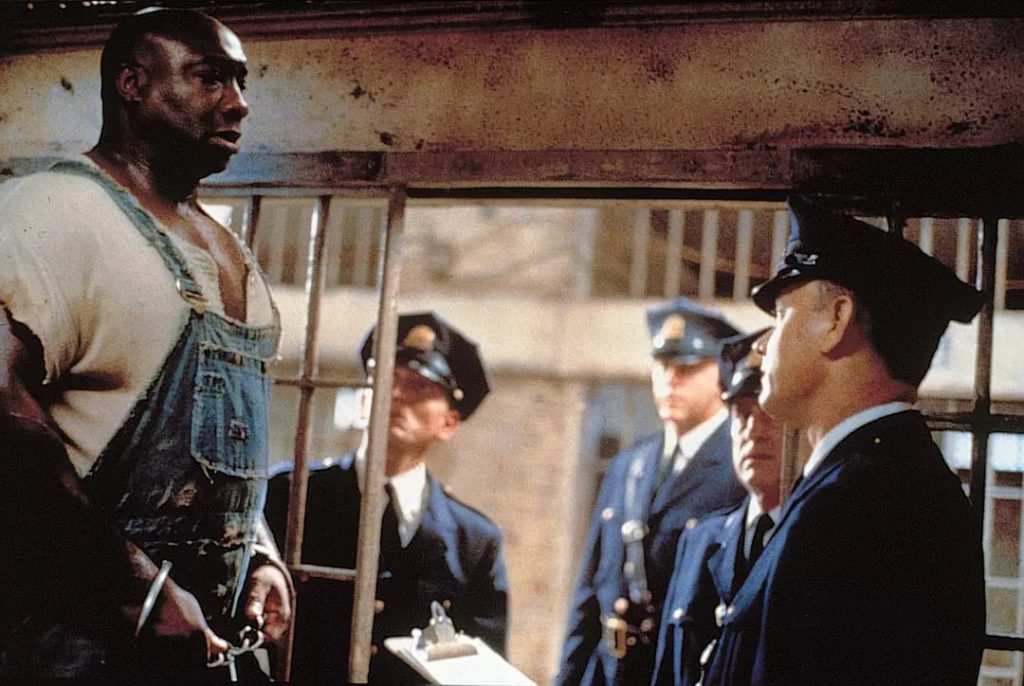The movie “The Green Mile” is directed by the famous director Frank Darabont and was released in 1999 as a prison film. The film stars Tom Hanks, David Moss and other actors, and the film won four Academy Awards nominations including Best Picture for its excellent script and camera language.

Miracle in Green” is a story about the death row in Cold Mountain Prison in the southern United States, where the term “green journey” is a code word for a journey to the execution chamber of death row, which is paved with green floors, hence the name “green journey. The film’s main character, Ejik, is a prison guard. The film’s protagonist, guard Edgecomb, is a prison guard on death row at Cold Mountain Prison, and he deals with inmates about to be executed every day.
Under the tough exterior of John Coffey hides a kind heart. Just such a person who always wants to save the lives of others, in order to save the lives of a pair of young sisters but was mistaken for a murderer, and eventually sentenced to death. When prison guard Edgecomb painfully watched the innocent John Coffey sitting on the electric chair, his long-numbed nerves were awakened, and the humanity in his soul revived.

For Frank Darabont, the film “Miracle in the Green” has a very different way of shooting from his previous directorial debut “The Shawshank Redemption”, in which the director tried to look at prison problems from the prisoners’ point of view in a way that focused mainly on the deplorable conditions of the prison to focus on the portrayal. However, the director’s perspective in this film has naturally transformed, in this new film, the director Frank Delabonte in the cruel prison life into a lot of warm human concern, through the perspective of the prison guards to re-lead the audience to see a new story and characters.

At the same time, the director used a lot of camera techniques and narrative techniques in this film to bring out the atmosphere of prison life and the state of mind of the characters in prison, and incorporated a montage technique in the expression of the main character’s heart, through the unique perspective of the main character to recall the past, in the audience to follow the main character to feel the emotional fluctuations, but also a good account of the main character as the center of the relationship of the various characters in prison. The director also carefully portrayed the communication and dialogue between the protagonist and the various characters in prison, making the protagonist’s character and image more three-dimensional and multi-faceted on the one hand, and laying the groundwork for the further advancement of the story on the other.

Although there are many different people and events in this film, the director’s portrayal of their personalities makes the two sides of good and evil in each of them show perfectly, showing the heart of each character from the side, so that the director has a solid foundation for the in-depth portrayal of human nature.

In this film, since the character of the important prisoner John Coffey is characterized by his amazing superpowers, the director adopts a surrealistic approach to depict this prisoner John Coffey, whether it is his extraordinary healing ability for diseases or his superpowers that can cause destructive effects on objects, the film is using this image of superpowers in a realistic prison to bring surrealism The film is an organic fusion of surrealism and specific scenes, making the whole story with the aid of surrealism, showing the absurdity of prison society and human nature, but also showing the goodness of human nature after people have come to their senses. This combination of profundity, entertainment and artistry makes the film both satisfying to watch and revealing the connotation behind the story.
Throughout the film, “Miracle in the Green” shows the scenes of life in prison and the inner feelings of the characters, while further exploring and reflecting on the good and evil of human nature. The director’s metaphorical reflection on the moral dilemma of human beings behind the story makes the film an excellent work of social significance and value of discussion
